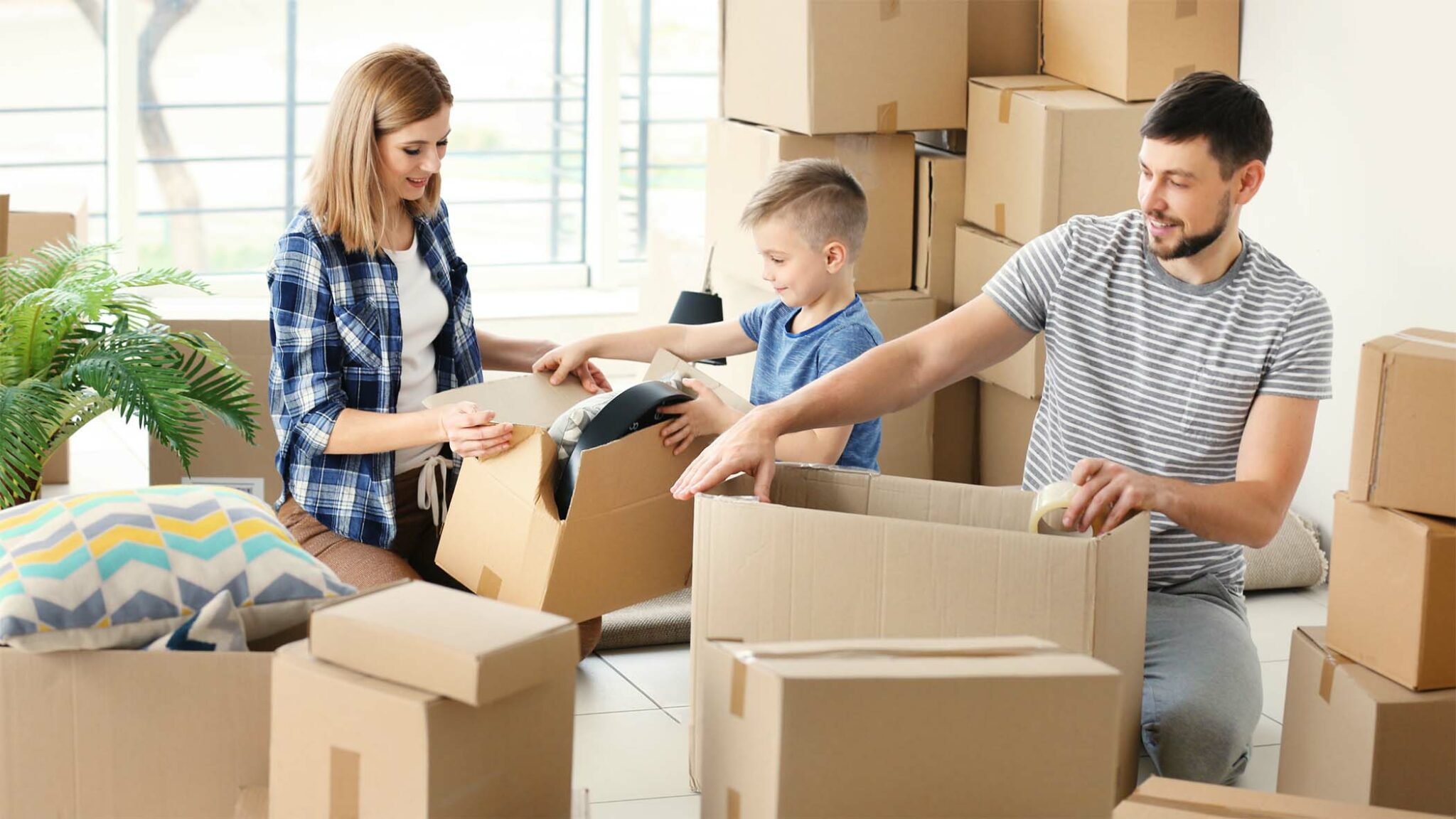Storage solutions are essential in maintaining order and efficiency in homes and businesses. Often readily available and affordable, cardboard cartons can be repurposed into organisational tools. This guide will explore the functionality of cardboard cartons as a storage option and provide strategies for maximising their potential. Utilising these ubiquitous items for storage saves money and aligns with sustainable living practices by repurposing and extending the life of existing materials. When employed thoughtfully, cardboard boxes can rival even the most sophisticated storage systems in function and form.
The Basics of Carton Storage
Cardboard cartons are more than just containers; they are versatile storage units that can be adjusted, cut, stacked, and labelled for various uses. Their standard sizes make it easy to calculate space requirements and organise items neatly. For instance, larger boxes can store bulky items or be subdivided into smaller compartments for organising individual components. This customisable nature allows for tailored storage solutions that can be modified as needs change without costly investments in new organising products. A stable and reliable storage system can be created with minimal effort by reinforcing these basic structures.
Assessing Your Storage Needs
Before utilising cardboard cartons for storage, it’s crucial to assess the volume and type of items to be stored. This evaluation will guide the selection of appropriate carton sizes and strengths. It is advisable to choose double-walled cartons for heavier items to prevent collapse or tearing. This preplanning stage is critical in avoiding the pitfalls of under or over-estimating space and weight limitations, leading to damaged goods or unused storage potential. Accurate assessment ensures that space is maximised and items are protected, providing peace of mind and an orderly environment.
Strategies for Efficient Use of Space
Effective space utilisation involves more than placing items into boxes. It requires a systematic approach to placement and accessibility. Cartons can be labelled by content and priority, with those needed less frequently placed on the bottom of stacks. Clear labelling on the carton’s exterior ensures easy identification of contents, saving time and frustration in locating items later. Using transparent pockets outside the box to house labels, one can easily swap out identifiers as the contents change, ensuring the labelling system remains flexible and up-to-date.
Creating Custom Storage Solutions
One of the strengths of cardboard cartons is their adaptability. They can be cut and shaped to fit various spaces or to create custom drawer dividers, desk organisers, or closet storage. With simple tools like scissors and tape, a standard box can be transformed into a segmented storage unit for office supplies, craft materials, or kitchen utensils. This ability to be reshaped and customised makes cardboard cartons an ideal resource for creative organising projects that can be completed with household tools without needing specialised skills.
Enhancing Durability for Long-Term Use
To ensure cardboard cartons withstand the test of time, reinforcing their edges and corners with tape can prevent wear. For boxes that will be used frequently or carry heavier loads, additional reinforcement with strips of cardboard can add extra rigidity. It’s also beneficial to protect the bottom of cartons with a plastic sheet or another layer of cardboard to prevent damage from moisture or rough surfaces. This simple step not only extends the life of the carton but also safeguards the contents from potential damage due to environmental factors or during movement.
Maintaining an Organised System
Organising with cartons is not a one-time event but an ongoing process. As storage needs change, the configuration of cartons can be adjusted. Regularly reviewing and reorganising the contents helps maintain the system’s effectiveness and ensures that the storage solutions evolve with changing requirements. It is also advisable to schedule periodic clean-outs to discard unnecessary items and to prevent clutter from accumulating within the stored goods. This practice keeps the storage areas neat and functional, reducing the time spent on future reorganisations.
Securing Cartons for Safety and Stability
When stacking cardboard cartons, safety and stability are paramount. It’s important to stack heavier boxes at the bottom and ensure that stacks are not too high to avoid toppling. For added stability, interlocking stack patterns can be used, and space should be left between stacks and walls for ventilation and moisture control. Secure stacking prevents accidents and makes retrieval of items easier and safer, reducing the risk of injury or damage to the stored items.
Innovative Uses in Home and Office Settings
In-home settings, cardboard cartons can be utilised for seasonal clothing storage, garage organisation, or as makeshift bookshelves. They can serve as temporary filing systems or stationary storage in office environments. The modest appearance of cardboard can be uplifted by covering boxes with fabric or wrapping paper to match room decor. This adds visual appeal to an otherwise plain box and encourages the integration of storage solutions into the living or working space, making the boxes less of an eyesore and more a part of the room’s design.
The Environmental Impact of Reusing Cartons
Reusing cardboard cartons as storage solutions is practical and environmentally friendly. It promotes recycling and reduces the need for plastic bins and other manufactured storage items. These cartons can be recycled at the end of their usefulness, contributing to a circular economy and reducing waste. Encouraging the reuse of these materials demonstrates resourcefulness and instils an ethos of sustainability in household and office practices.
Conclusion
Cardboard boxes offer a simple yet effective means of storage that can be customised to fit individual needs. Whether for personal or commercial use, these cartons can be adapted to store various items in an organised manner. By employing creative and thoughtful strategies to maximise the use of cardboard cartons, one can achieve a functional and sustainable organised space. Using these humble boxes reflects a commitment to practicality and environmental responsibility, showcasing that the most straightforward solutions are often the most effective.
